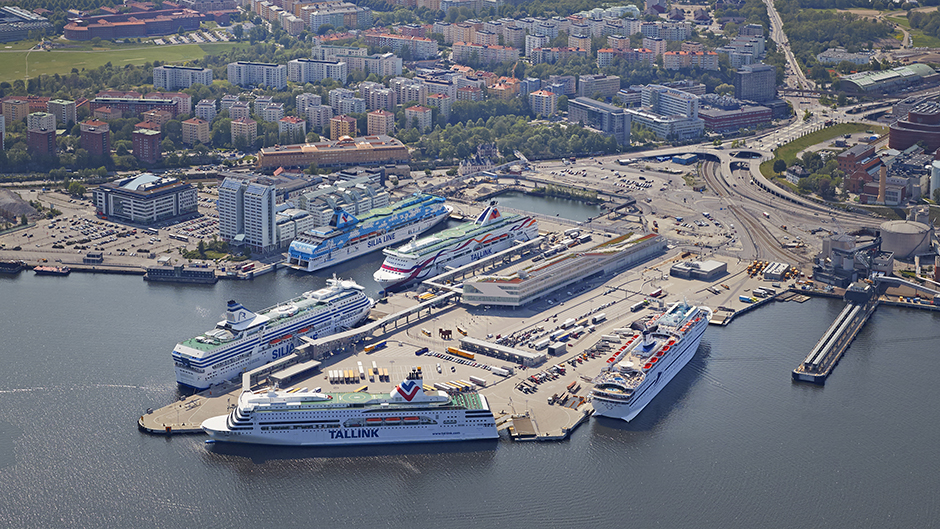“Electrification is an important part of our journey to achieving fossil fuel-free shipping and we are already operating services with a hybrid ship. We plan to launch an entirely battery-powered ferry by 2030 at the latest and an important prerequisite to succeed in this is the possibility to charge our ships, work vehicles at the quayside and our customers’ vehicles with green electricity of sufficient capacity,” stated Niclas Mårtensson, Stena Line CEO.
The joint application is for multi-modal nodes for sustainable and smart mobility by electrification and alternative fuel production to be the green ports of the future.
The overarching aim is to significantly minimize emissions of air pollution inside the port areas. Via the European Green Deal, the EU Sustainable Economy Roadmap, this plan aligns with the EU's goal for a low carbon dioxide and climate-friendly future.
The proposed project for Ports of Stockholm involves the possibility to scale up existing onshore electricity link capabilities in order to be able to charge heavier road vehicles and to provide RoPax vessels with large-scale battery charging facilities. Line, Stena.
The application also includes the testing of emission-free machinery in port areas, the study of autonomous passenger ships and the pilot trial of last-mile delivery services, as well as charging capabilities for smaller passenger vessels.
In the joint application, all four ports are part of the comprehensive Trans-European Transport Network (TEN-T).
Maritime Business World

